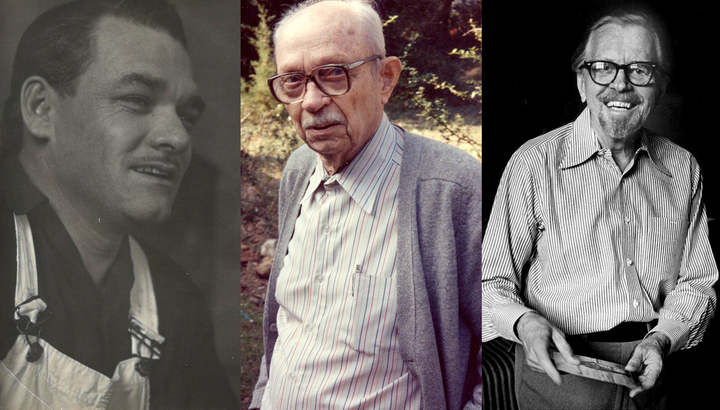The Carter Blog
Carter ARTicles
Louise Nevelson as visionary
Aug 30, 2023
Sculptor Louise Nevelson (1889–1988) was always ahead of her time. Working in the middle of the 20th century, when few women artists received support or acknowledgment from critics, galleries, and patrons, Nevelson pursued a career in sculpture. It was a genre considered the domain of men, purportedly given the physicality needed to work in three dimensions. Nevelson, however, pursued her vision undeterredly during this era of restrictive gender norms when artists like Jackson Pollock and other abstract expressionists were influencing the art world.
After Pollock’s untimely passing in 1956, artist and theoretician Allan Kaprow famously predicted American art’s next direction. He declared, “Objects of every sort are materials for the new art,” describing this future work as “concrete art.” Nevelson had been on this course for over a decade, creating sculptures with found objects. She built performers, animals, and audience members from discarded wood, metal, and glass for her 1943 thematic exhibition Circus: The Clown Is the Center of His World. Reflecting on her work at the time, she commented:
During the war there was a shortage of materials, and I decided that creativity was the important thing and I would see things that I could use, everywhere . . . I began to see things, almost anything along the street, as art.
When postwar prosperity accelerated American mass production, consumption, and waste, Nevelson scavenged for wooden debris from New York City litter piles. She converted everyday objects like crates and furniture parts into her signature grid-based walls that she painted monochromatic black, white, or gold. Nevelson built her works by hand, cutting, arranging, and layering wooden parts into cubicles. She then stacked these boxes into a configuration that suited her eye. Repurposing non-art materials through hands-on techniques, the artist upended the post-World War II vogue for welded metal sculpture championed by her male contemporaries.
In 1958, Nevelson pioneered the idea of site-specific installations. She covered a gallery space from floor to ceiling with her three-dimensional walls and freestanding assemblages. The artist titled this all-surround (an installation created from concrete materials meant to be read cumulatively) Moon Garden + One. Nevelson said the “one” represents the viewer and their interaction with the work. This approach of considering how onlookers’ experience artworks would become integral to early 1960s Happenings and 1970s performance art.
Nevelson was also interested in the Space Age (1950s–70s), when the novel arena of space technology and exploration offered new realizations about the earth. The artist repeatedly titled her sculptures with words like “lunar,” “moon,” “night,” and “sky,” which includes the Carter’s Lunar Landscape (1959–60). After the publication of William Anders’s dramatic photograph Earthrise, Nevelson simulated the idea of seeing a region from space in her monumental wall work Night Zag Wall (1969–74; Crystal Bridges Museum of American Art). It’s perhaps not a coincidence that visual analogies exist between the artist’s sculptures and the set design of the launch pad where the shuttle Narcissus ejects in the futuristic movie Alien from 1979.
From the artist’s unrelenting perseverance to succeed during a repressive era for women to her conceptual and visual innovations, Nevelson’s progressive achievements can be seen in the exhibition The World Outside: Louise Nevelson at Midcentury, on view from August 27, 2023, through January 7, 2024. The catalogue produced in conjunction with the exhibition is available in the Museum Shop.






